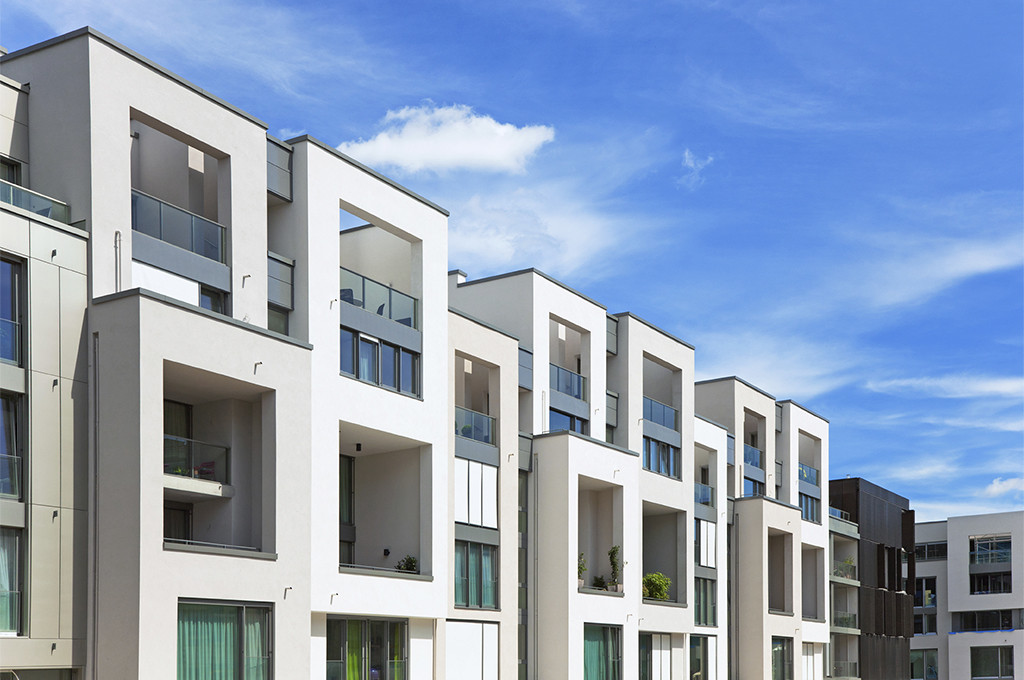The U.S. condominium market has begun to take shape in most major metropolitan areas. This is being driven by the absorption of available inventory from the recession, FHA financing options, lack of available construction financing for new projects and the need for Millennials to live, work, and play in the same surroundings. Condominiums are back and ready to boom.
Plus: Are Millennials renters by choice? | Houston still has plenty of gas
For many investors who were burned in the past cycle, condo is a five-letter word with a four-letter connotation. There was an incredible amount of product to absorb in major cities when the market cratered. The conditions caused highly leveraged investors to sell in a short sale, give the keys back to the lender or become foreclosed upon. As a result, we’ve become supply-constrained nationally, with few condominium units being delivered over the last five years.
Also: The theory of first-move and second-move locations | More about the latest U.S. GDP report
There are a few glaring reasons: We have received minimal new development projects as lenders have been reluctant to finance new construction. This created an insulated market for existing condominiums, driving sales pricing and volume. With little to no units coming out of the ground, sellers of individual existing units have not been competing with new projects.
Multihousing News recently highlighted the increase in pricing and new development for condominums on the West Coast. “Low inventory levels continue to play a major role in San Francisco, Downtown Los Angeles and Downtown Seattle, pushing prices upward as we move into the traditionally busy spring months,” Mark Company president and founding partner Alan P. Mark told MHN.
With pent-up demand and constraints on new supply, we’re experiencing a boom in resale pricing for existing condominium units. Resale prices for condos in major cities are soaring. For example, in San Francisco, the numbers are shattering records. The San Francisco Business Times reported, “Condos are being resold for 17 percent more than they were this time last year, averaging $1,006 a square foot for the first time.” The supply, the article continued, continued to be “anemic” — just 651 new condo units and 198 resales on the market, according to data from the Mark Company.
The industries driving this growth are tech, biotech, finance and healthcare. East Coast markets like Atlanta and Miami are experiencing a strong appetite for condominiums. As of today, there are zero developer-owned condos in Atlanta. This will change. But for now, the stage is set for a fluid marketplace for high-rise for sale. Miami continues to be a condo power, according to market consultant Peter Zalewski. During this cycle, developers in the South Florida market, which includes Miami, Fort Lauderdale and West Palm, have already announced plans to deliver 335 new towers encompassing 43,000 units. The velocity of new units to the condo market is unrivaled elsewhere the country. And it makes a clear validation that condos are back.
Whether it’s Miami, San Francisco, Seattle or Atlanta, condominium markets are showing signs of a comeback. The next three years will see many new condo developers breaking ground with deals that will service the pent-up demand of available buyers.
Ironman, barbecue champion and deal enthusiast, Will is also the Atlanta-based leader of the Southeast Multifamily Advisory Group of Colliers International. Will brings several years’ experience in the industry, primarily focusing on multifamily investment services and capital markets.

 Will Mathews
Will Mathews

 Colliers Insights Team
Colliers Insights Team